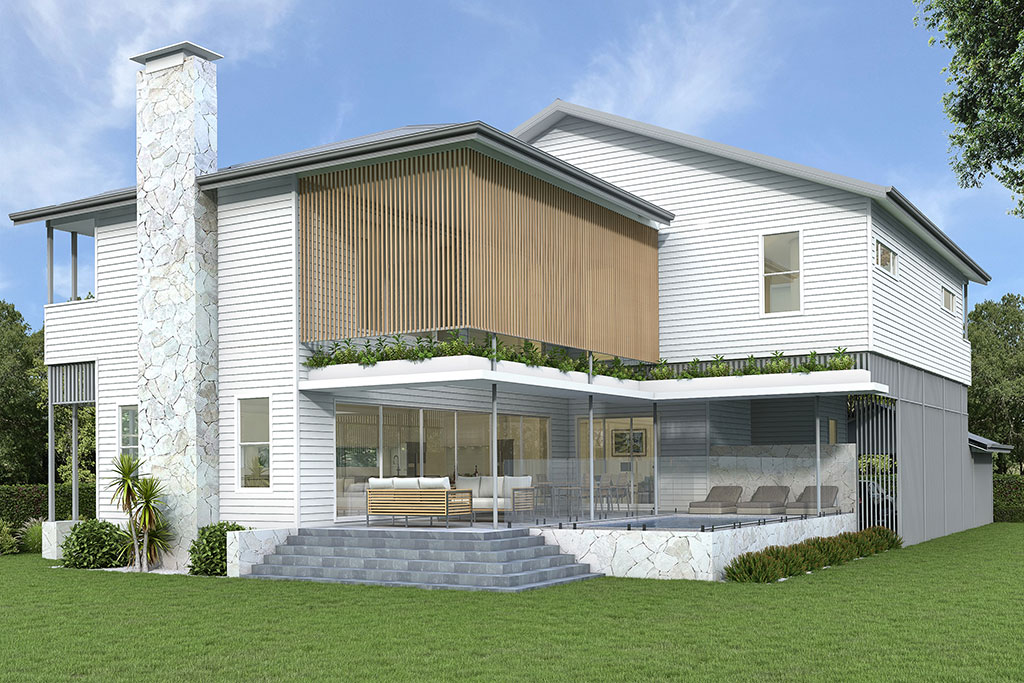The Real Cost of Building a Custom Home
Building a custom home can be a dream come true for many, offering the chance to design a space that perfectly aligns with your unique needs and aesthetic preferences. However, the costs associated with this dream can vary drastically. In this piece, we’re diving deep into the biggest contributors that can make a significant difference in your final bill.
The Power of Design:
The design of the house is often the most prominent factor dictating costs. Homes crafted from personal dreams rather than pragmatic blueprints tend to be pricier. Larger open spaces necessitate a more extensive and expensive structural framework, while larger windows can mean smaller bracing areas, thereby necessitating more steel reinforcements. A structurally efficient design might peg the timber and steel costs for a 400m2 home at around $150,000. But with spacious designs, unconventional shapes, and massive open spaces, this can easily triple. Furthermore, an increase in the roof height from the typical 2.7m to 3.0m can add an additional cost between $60-80 per m2.
Land Characteristics:
The slope and accessibility of your plot can significantly impact the overall budget of your custom home. Sloping lands often require landscaping, retaining walls, and even integrated retaining in the house base. Timber retaining walls, for example, can cost about $500 per m2, while masonry options might touch up to $700 per m2. Accessibility plays a crucial role too. Tight spaces or plots that are difficult to access can inflate costs related to machinery, scaffolding, and logistics. For reference, a fall of over 2m across the house pad usually implies additional costs for retaining structures. When this fall reaches 4m, costs can rise steeply, increasing by an additional $300-$1000 per m2.
Material Choices:
Your choice of materials, both external and internal, can have a profound impact on the project’s cost. External cladding types, for instance, can drastically vary in price. Standing seam metal cladding can be four times pricier than conventional materials. Similarly, stained timber cladding and stonework can be 3-4 times more expensive, while aluminium timber-look cladding can cost up to five times more. Render, on the other hand, might be 1.5 times more costly. Internally, the choices are boundless. From appliances and tapware to cabinetry and tiles, your selections can significantly influence the luxury feel and the final bill of your home. For cabinetry alone, costs can range from a modest $60,000 for a standard package, to a whopping $200,000 for a high-end setup.
Closing Thoughts:
Pinpointing the exact cost of building a custom home is no simple task due to the multitude of factors involved. For a straightforward site with mid-range finishes, you might achieve a budget below $3,000 per m2. However, with challenging plots, custom external finishes, and top-tier internal choices, costs can easily surpass $3,500 per m2. A successful custom home building experience requires partnering with a builder that offers robust cost management throughout the design and preliminary phases. It’s not about cutting corners, but about making informed decisions every step of the way.


